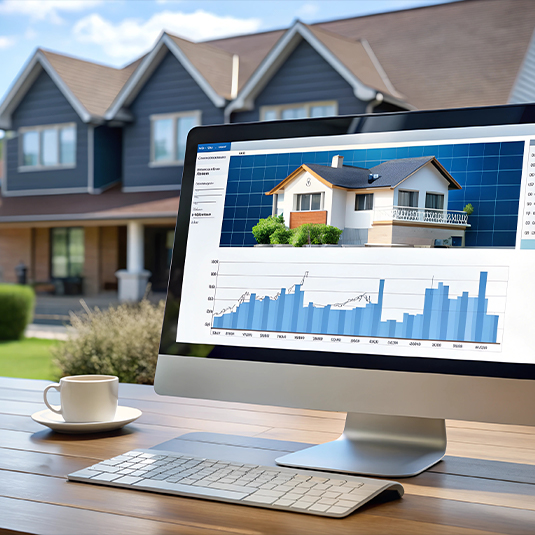In a data-centric world, predictive asset analytics are changing the way that investors, developers and asset managers are making big decisions. Through advanced data modelling, machine learning and real-time tracking, predictive analytics allows a way to make sense of asset performance, to predict future risks and to consider how to optimise day-to-day operations. It enables property professionals from being reactive managers to proactive value creators.
Predictive Asset Analytics involves analyzing past and present data in order to determine when an asset will fail and maximizing both performance and operational efficiency. In real estate, it helps investors make more intelligent decisions and drive asset value over time.
This approach is based on big data, AI and digital twins to model scenarios and determine performance trends before problems arise.
Key Functions Include:
Features like these make it possible to make data-driven decisions that promote asset resilience and ROI.


Market conditions affecting property are changing all the time due to national fluctuating economies, tenant requirements and environmental factors. Predictive asset analytics enable the owner-operators to quickly and more confidently react to such changes by forecasting their effects and advising the most desirable responses.
Major Benefits Include:
Whether you are managing a single building or a portfolio of buildings, those morsels of information help you operate more efficiently and profitably.
Whether cloud computing or IoT sensors or machine learning, predictive analytics has been ascending an incredibly steep curve. Such systems record and process large amounts of data from different data sources, and make decisions immediately.
Service providers such as REinfinite Group use AI driven platforms to help clients see how the assets are performing therefore reducing lifecycle cost and mean time to fix while enhancing sustainability. Their approach combines smart analytics with real property know-how to produce actual results.
It’s all real estate, at every point in the asset lifecycle is leveraging predictive asset analytics. From pre-acquisition due diligence to property management of an investment to beyond the disposal process, it facilitates decisions.
Core Use Cases:
Acquisition Strategies: Use predictive models to predict the long-term value of location trends and asset state-of-goodness
Lease Analysis: Assess tenant retention risk and income security
Energy Management: Control how rooms are heated and lit in accordance with their use.
Capital Budgeting: Implement long term results simulation with conviction and justification tool
And with the right technology, real estate teams can uncover and clutch those highest-impact leads – before it’s too late.
Predictive asset analytics empowers property professionals to take control of addressing issues and capitalizing on opportunities. This leads to more strategic asset management, successful operational enhancement and ultimately improved long-term outcomes and reduced costs.
In such a competitive market, filled with offers, to be one step ahead of everyone else and to have your business on a superior level thanks to predictive data is no longer a possibility – it is a necessity. By integrating these kinds of technologies into their daily process, real estate providers can take action now and create sustainable, high performing assets.